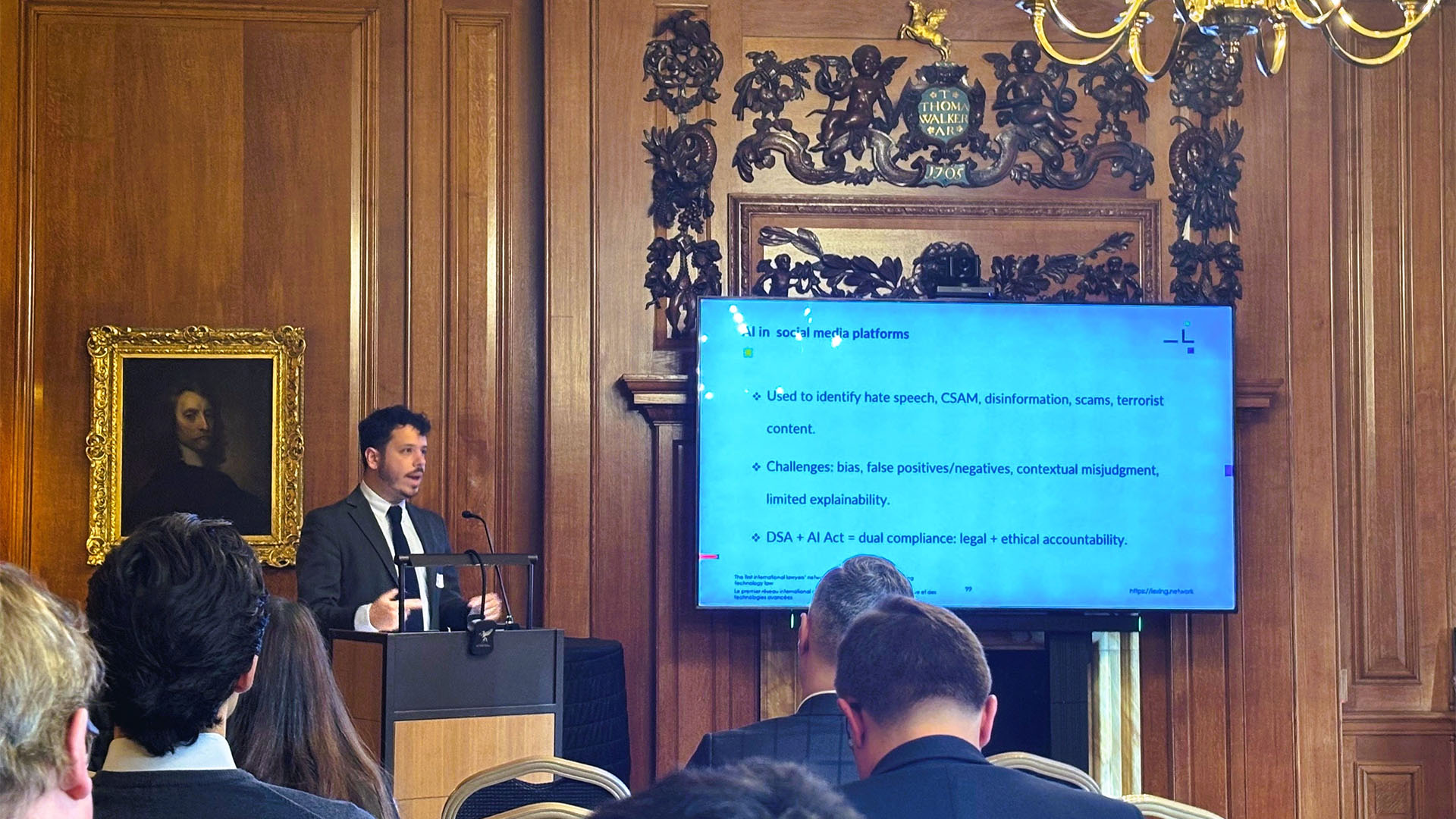Article 31 of Law 4690/2020 introduced to Greek legislation the labor mechanism “Syn-Ergasia”, while Joint Ministerial Decision B’/2274/14-06-2020 provided for a detailed regulation of its complete framework. On 1st July 2020, a Circular of the Ministry of Labor, dated 30.06.2020, was issued, in order to further explain and clarify some points of the labor mechanism in question:
A. Businesses-employers and employees included in the program
I. Businesses-employers
The mechanism is addressed to all businesses, either seasonal or all-year operating, regardless their Activity Code Number (ΚΑΔ), under the conditions provided in article 5 of the relevant Joint Ministerial Decision.
II. Employees
a. Businesses may include in the labor scheme their full-time employees who hold a contract of dependent employment on the 30th May 2020 (date of publication of law 4690/2020), as long as they have submitted to ERGANI until 10.06.2020 the relevant Sheet no.4 (“Table of Personnel”), concerning said employees.
b. Businesses of tourist and hotel accommodations, as well as tourist buses, may include in the labor scheme their dependent full- time seasonal workers entitled to get re-hired for the current seasonal period, commencing from the date that said employees get re-hired.
c. Businesses of categories (a) and (b), as set out above, may also include in the labor scheme employees whose employment contracts are under suspension, when submitting the relevant declaration-petition to participate in the labor mechanism. By doing so, suspension of the said employment contracts is considered as permanently recalled, as of the date of submission of the declaration-petition by the interested business.
It is further noted that the personal data of the employees whose suspension of employment contract has been permanently recalled, due to their inclusion to the labor scheme, are automatically shown and cross-examined when solemn declarations of businesses regarding suspension of employment contracts for June and July are submitted.
d. Businesses may include in the labor scheme their full-time employees who hold a contract of fixed-term dependent employment on the 30th May 2020, as long as they have submitted to ERGANI until 10.06.2020 the Sheet no.4 (“Table of Personnel”), concerning said employees. Inclusion of these employees in the labor scheme can last until expiry of their fixed-term employment contract.
It is pointed out that part-time employees are not included in the scheme.
e. Seasonal employees of the tourist and catering industry, who worked whole or part-time during the seasonal period 2019 and are not entitled to get re-hired for 2020, yet they are entitled to receive an unemployment subsidy, are not included in “Syn-Ergasia”, however they may receive a state aid equal to the last unemployment subsidy they received.
Furthermore, social security contributions of seasonal employees who have been hired or will be hired until 30.09.2020 as part-time employees, will be covered by the State for the period between 01.06.2020 and 30.09.2020 (the relevant Joint Ministerial Decision is expected to be issued).
B. Nullity of termination of employment contracts
Termination of employment contracts is forbidden and, if occurred, it is deemed null and void only for employees included in the labor scheme and only for the time period of the said inclusion.
C. Working time of employees included in the scheme
Businesses shall submit a solemn declaration/petition to ERGANI, in order to enter the labor scheme, every month.
During Phase A’ of submission of a solemn declaration/petition to ERGANI, there are three (3) ways for businesses to declare the contractual working time and the reduced working time of the full-time employees:
1. Week as time of reference
| Independent and autonomous declarations submitted per week, stating the weekly contractual working time and the weekly reduced working time of each employee (for one or more weeks within the month). |
In this case, businesses put as time of reference the week and they may reduce working time of each employee no more than 50% of the contractual weekly working time.
The starting day for calculation of the weekly working time, as well as organization of said working time, are determined by the employer, who shall also consider the relevant legal provisions of Greek labor law concerning the working time- limits of employees.
It is further clarified that businesses may state that an employee will not work during all the working days within one week (as long as the total reduction of working time does not exceed the 50% of the contractual working time, as mentioned above).
The allocation of the reduced working hours shall be declared via the ERGANI Sheet no.4.
Example of the declaration of working time by taking the week as reference
The employer submits an independent and autonomous declaration to ERGANI, stating the contractual weekly working time of the employee, for example 40 hours on a 5-days weekly schedule, as well as the reduced weekly working time, which shall be at least 50% of 40 hours, that is 20 hours.
2. Month as time of reference
| One declaration submitted once at the starting of each month, or more partial declarations added together, stating the monthly contractual working time and the monthly reduced working time of each employee. |
In this case, businesses put as time of reference the month and they may reduce working time of each employee no more than 50% of the contractual monthly working time.
The organization of the employee’s monthly working time is determined by the employer.
|
The relevant declaration may be submitted in two (2) ways:
|
In both above cases, the reduction shall not exceed 50% of the declared monthly contractual working time of each employee.
The allocation of the reduced working hours shall be declared via the ERGANI Sheet no.4, either once and stating the total contractual working time and the total reduction of working hours, or partially and added together at the end of the month.
Example of the declaration of working time by taking the month as reference
The employer states the contractual working time of the employee, for example 40 hours on a 5-days weekly schedule, having as time of reference the whole month of July, from 01.07.2020 to 31.07.2020:
The employer may choose to:
- Submit one declaration at the start of July (01.07.2020) stating the total contractual working time, for example 184 hours (23 working days x 8working hours per day), as well as the total reduction of the monthly working time, which may not exceed 50% of the total contractual working time, that is 92 hours (184:2).
- Submit 5 partial declarations per week, which, when added together, will be equal to minimum 92hours actual hours of working.
E.g.:
1st week: 15 working hours stated
2nd week: 25 working hours stated
3rd week: 35 working hours stated
4th week: 10 working hours stated
5th week: 7 working hours stated
Total working hours: 92/184
or
1st week: 16 working hours stated
2nd week: 24 working hours stated
3rd week: 24 working hours stated
4th week: 16 working hours stated
5th week: 12 working hours stated
Total working hours: 92/184
or
1st week: 24 working hours stated
2nd week: 0 working hours stated
3rd week: 24 working hours stated
4th week: 24 working hours stated
5th week: 20 working hours stated
Total working hours: 92/184
The second way of submitting declarations is useful to employers who cannot determine exactly the way they should organize the working table of their employees for the whole month and/or they are not able to know with certainty the business needs of their operation for the whole month, depending on the nature of their business object and scope, the sector they belong to etc. (for example, businesses providing specific products or services usually have a stable progress and organization of needs and personnel for each month, thus the first way of submitting declarations may work better for them).
3. Any period of time within the month as time of reference
One declaration submitted once in any period of time within the month of reference, or more partial declarations added together, stating the contractual working time and the reduced working time of each employee corresponding to the specific and determined period of time within the month of reference. |
The process to be followed by businesses is the same as the one described above under Section C2.
Example of the declaration of working time by taking any period of time within the month as reference
The employer decides to include in the labor scheme an employee with weekly contractual working time 40hours on a 5-days weekly schedule, only for the time period from 13.07.2020 to 31.07.2020 (15 working days). In this case, the total contractual working hours that correspond to this period of time are stated (e.g. 120 hours), along with the total reduction of working hours that corresponds to this period of time (which may not exceed 60 hours in our example).
The employer may choose to:
- Submit one declaration on 13.07.2020 stating the total contractual working time corresponding to the period of time which is used as reference (that is 120 hours for the time period from 13.07.2020 to 31.07.2020) and the total reduction of the said working time, which shall not exceed 60 hours.
- Submit 3 partial declarations per week, which, when added together, will be equal to minimum 60hours actual hours of working
E.g.:
1st week: 30 working hours stated
2nd week: 20 working hours stated
3rd week: 10 working hours stated
Total working hours: 60/120
D. State aid for employees included in the labor mechanism
Employees included in the labor scheme “Syn-Ergasia” receive by the state 60% of their net earnings which correspond to the reduced working time, while employers shall pay the amount of net earnings that corresponds to the actual working time.
This state aid is calculated based on the economic data of the employees, which are submitted in the ERGANI system during Phase B’ of declarations/petitions by the employers.
In these petitions, employers shall state the following concerning the employees they want to include in the scheme:
- the monthly gross earnings corresponding to the employee’s full-time employment, as stated in the ERGANI Sheet no.4 (Table of Personnel)
- the respective net earnings
- the amount of the actually paid by the employer salary, which corresponds to the reduced working time and has been declared to the labor authorities in the ERGANI Sheet no.4.
In cases where the net earnings, including the state aid, are less than the legally determined minimum wage, the amount remaining in order to reach the amount of minimum wage is covered by the state.
Finally, employers are free to provide to the employees included in the scheme an extra amount of payment, for reasons of generosity, which however shall not exceed the total amount of net earnings corresponding to full-time employment of the employee.



